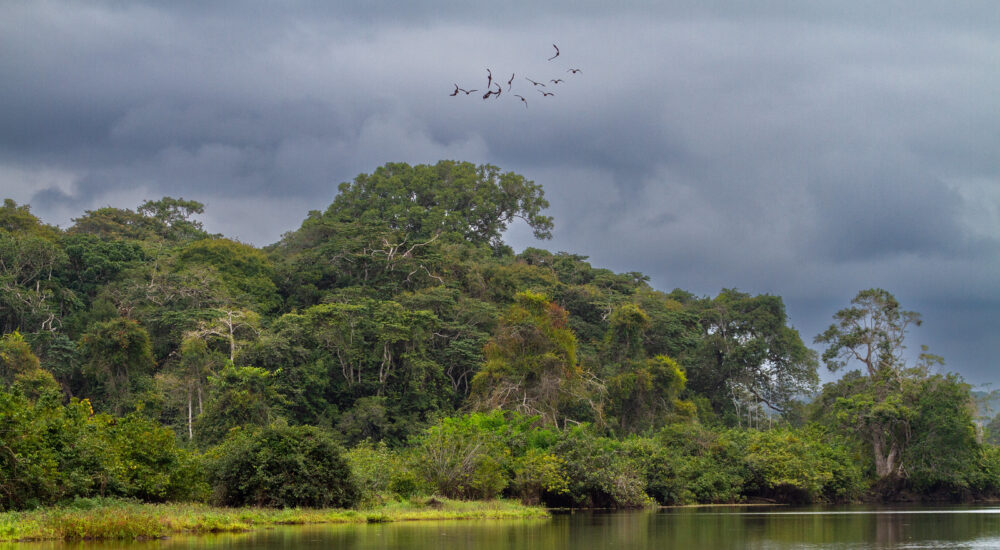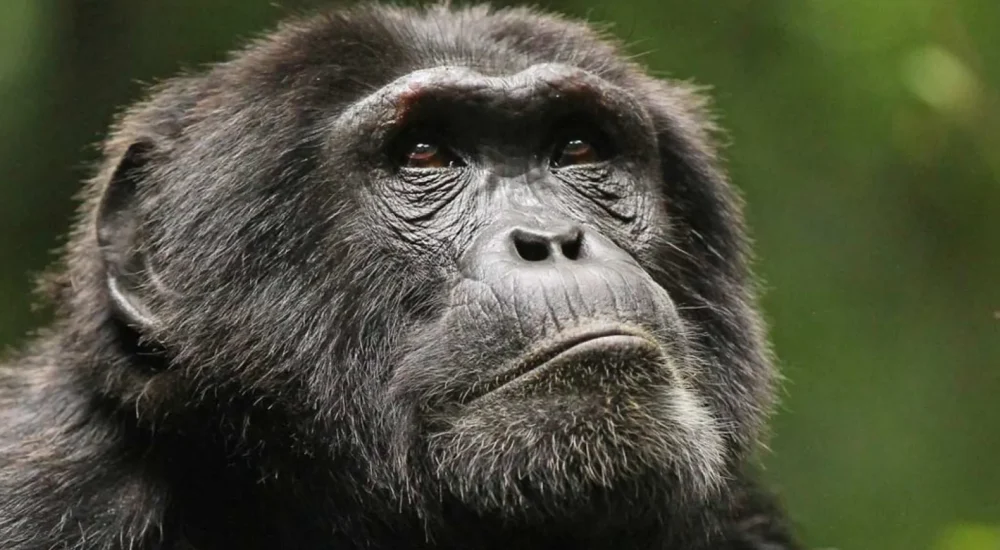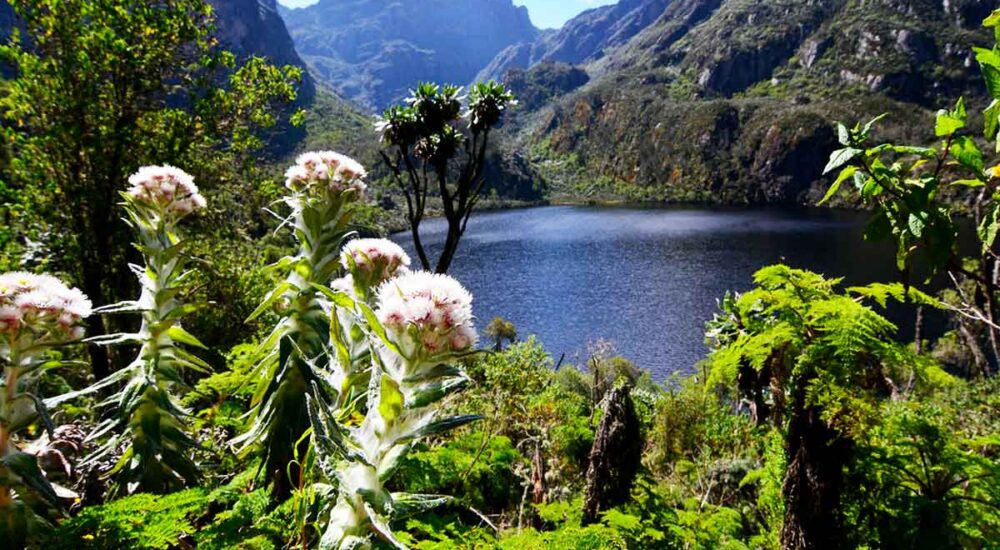Monumental Expeditions and Safaris is a leading tour operator in Mbarara that offers budget-friendly gorilla…
What Is Uganda’s Biggest Animal?
What Is Uganda’s Biggest Animal? African elephants are Uganda’s largest creatures, as well as the largest terrestrial animals on the planet. Uganda is home to both African savannah elephants, also known as “Loxodonta Africana,” and small forest elephants, known as “Loxodonta cyclotis,” and these species can be considered to be among the country’s big five animals and act as top tourist attractions, leading to the development of the tourism industry due to the large population of people who come through the country just to see the elephants and belis.
African elephant characteristics.
African elephants are remarkable creatures that are distinguished by their intelligence, social behaviors due to the fact that they are always calm walking around even in the presence of humans as long as their peace is not disturbed and threatened, and size as the females are small and weigh around 3 to 4 tonnes while adult males weigh up to 6 to 7 tonnes. Furthermore, African elephants are enormous animal species with extended noses and long trunks that they utilize to hold items, communicate through trumpeting sounds, and drink water. Furthermore, the top lips of these species are seen to join, which is a distinctive feature of these species.
In Uganda, where can you view African elephants?
Uganda as a country has numerous locations that serve as vital natural habitats for the African elephant species because they have a suitable environment that is surrounded by savannah landscapes, dispersed trees, and savannah grasslands, which also provide the animals with abundant grazing options. In addition, while on safari in Uganda, tourists can visit Murchison Falls National Park, Kibale National Park, Kidepo Valley National Park, Semuliki National Park, Queen Elizabeth National Park, Mount Elgon National Park, and Bwindi Impenetrable National Park, among others.
What role do elephants have in Uganda’s ecosystem?
African elephants are known to be essential to the country’s ecosystem because they play a significant role in shaping their environment. It has been observed and noted that as these animals graze on the vegetation in the park, it helps to prevent the growth of other specific plant species, resulting in the good maintenance of a balanced ecosystem. Furthermore, elephants are sometimes spotted creating water holes with their tusks, allowing other animals to get water, particularly during the dry season. Furthermore, these elephants transmit seeds through their excrement, which helps to regenerate plant species, among other things.
Also, because the African elephant species are regarded as a major tourist attraction in Uganda, the opportunity to witness these magnificent animal species in their natural habitats draws many tourists from all over the world to visit this country. Furthermore, tourism money adds significantly to Uganda’s economic advantages, allowing it to fund conservation efforts and develop local communities that are always next to game parks.
African elephants confront several challenges and hazards.
Despite their significance to the country, African elephants suffer a number of obstacles and dangers to their existence, some of which are as follows:
More so, one of the greatest threats to elephants is poaching for their ivory tusks, and this ivory trade is illegal marketing, leaving elephants exposed to poachers who hunt them for lucrative tusks. Furthermore, this unlawful trade not only reduces elephant populations but also feeds criminal networks and contributes significantly to regional instability.
Human-elephant conflict is also one of the key issues encountered because when the human population develops in the region, conflicts emerge because of competition for resource consumption. Furthermore, this invariably leads to elephants raiding farms, resulting in agricultural destruction and economic losses for the people living in the same neighborhood. As a result, these people may turn to retaliatory killing, jeopardizing the elephant population, among other things.
Furthermore, habitat loss and degradation are major issues since deforestation, infrastructural expansion, and land conversion for agriculture may all negatively impact elephant habitats. Furthermore, this always makes it difficult for the elephants to locate food and water as they move across the park.
Land fragmentation; this practice is known to separate elephant populations by reducing genetic variety and increasing their vulnerability to illnesses, among other things.


